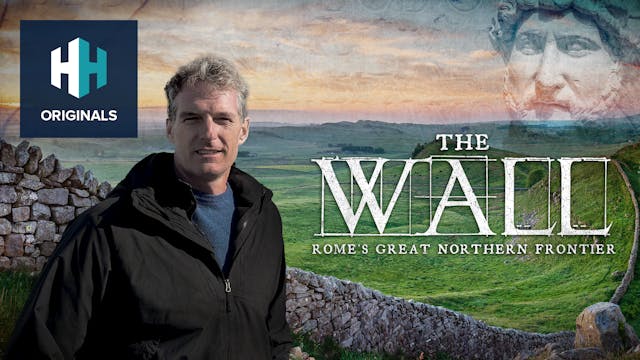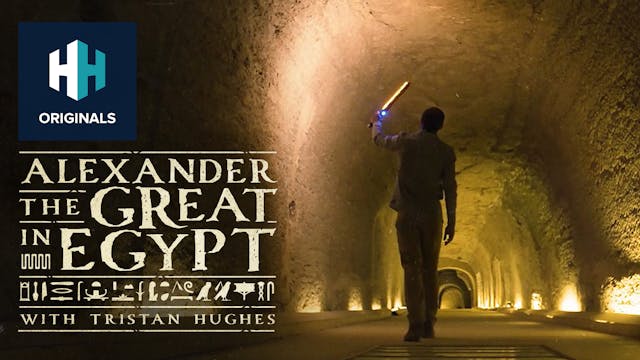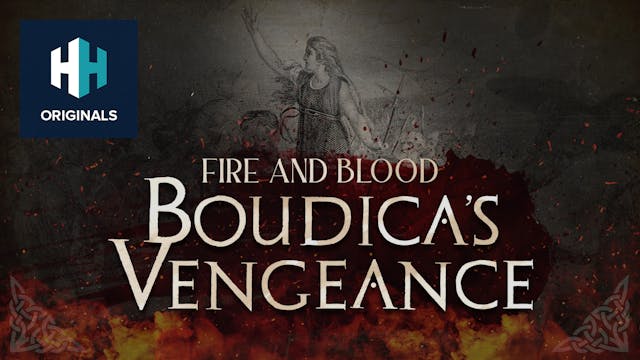Tristan Hughes explores the destruction of Pompeii, using extraordinary eyewitness testimony and the revelations of archaeology to understand what really happened here nearly 2000 years ago.
In 79 AD, one of the greatest natural disasters in Roman history occurred in southern Italy, when Mount Vesuvius erupted and obliterated the surrounding area, including the prosperous port of Pompeii. The thriving town was first engulfed by a relentless hailstorm of pumice rock before being overwhelmed by deadly volcanic heat waves, called pyroclastic flows and surges. Nothing living survived. By the time the eruption came to an end, Pompeii had been buried in six metres of volcanic debris.
This great disaster has immortalised Pompeii’s story, preserving so much of its archaeology, and giving us remarkable insight into the town's final hours - men, women and children caught up in the unfolding disaster.
But these incredible material remains are not the only evidence of what happened. In addition, we also have an extraordinary piece of surviving literature. An eyewitness account, written by a prolific Roman letter writer called Pliny the Younger.
Pliny’s letters - rich in detail and emotion - paint a terrifying picture of what people caught up in this ancient apocalypse thought and felt. Beautifully written, his detailed account provides poignant and humanising colour to the terrifying archaeology that has survived - most infamously Pompeii’s iconic plaster casts of people stuck down during the eruption.
But Pliny’s letters also tell a remarkable story - the heroic adventure of his famous namesake uncle, Pliny the Elder, who sailed towards the volcanic danger during the early stages of the eruption on a daring rescue mission.
In this documentary, Tristan Hughes visits Pompeii to learn more about the terrifying eruption that caused its destruction. Meeting leading experts around the site, he discovers what the archaeology, along with Pliny the Younger’s letters, has revealed about Pompeii’s ultimate fate.
Up Next in Ancient
-
The Wall: Rome's Great Northern Frontier
Hadrian’s Wall is celebrating its 1900th birthday… the perfect time for History Hit to investigate this potent embodiment of Roman dominance.
Dan Snow explores the physical remains of Hadrian’s vast project of 122AD - over 80 Roman miles of wall, turrets and forts, stretching from coast to coast...
-
Alexander the Great in Egypt
History Hit's Tristan Hughes travels to Egypt to explore its extraordinary links to one of the most famous names from antiquity, Alexander the Great. Of all the lands in the Eastern Mediterranean, it is Egypt that has the most fascinating - and enduring - connection to this ancient conqueror.
I...
-
Fire and Blood: Boudica's Vengeance
In 60 AD, the fledgling Roman town of Colchester witnessed ancient Armageddon. Thousands of British warriors descended on the settlement, turning what was then the capital of Roman Britain to ash. At the head of these attackers was one of the most well-known figures in British history - the warri...




24 Comments